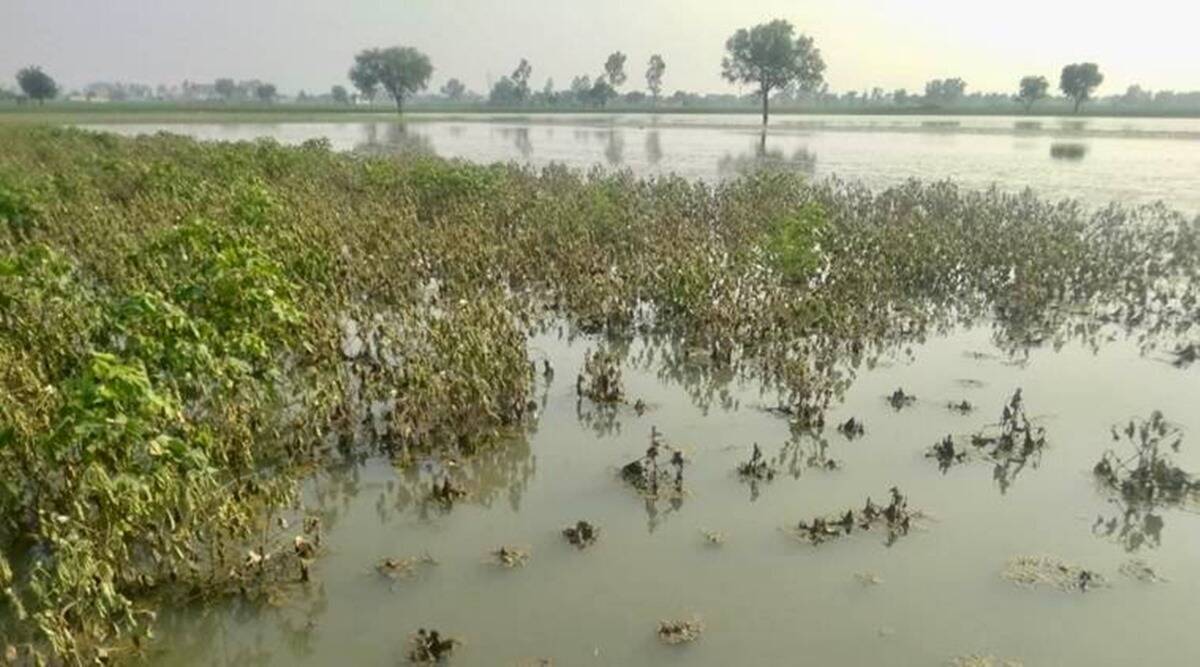The central government's decision last week to bring back stock limits on pulses sent shock waves across the industry, especially as just about nine months ago, the government had amended the Essential Commodities Act, 1950 and taken off pulses and oilseeds from the list.
Timely onset of the monsoon this year has been marred by sluggish progress, which has got farmers worried about their crops.
The central government’s decision last week to bring back stock limits on pulses sent shock waves across the industry, especially as just about nine months ago, the government had amended the Essential Commodities Act, 1950 and taken off pulses and oilseeds from the list. On paper, food inflation, driven by costlier cooking oil and pulses, is being cited as a reason for this move but farmers are talking about erratic rainfall pattern, which can become problematic in the days to come.
As of July 3, the country has reported a slender 4 per cent excess rainfall with India receiving 198.6 mm rainfall as against the normal 191.6 mm. The spatial distribution, however, paints a grim picture. While in the first two weeks of June, majority of the country reported large excess of rainfall, this soon changed. Most parts of the country went dry from the week ending June 16. The northern limit of the monsoon has not moved since June 16 and, thus, rainfall has been erratic.
The India Meteorological Department (IMD) has ruled out any significant rainfall before the end of the first week of July.
With erratic rain pattern, most farmers have stopped their sowing activities. Data as published by the department of agriculture and farmer welfare shows that till June 25, India has recorded sowing over 202.72 lakh hectares (lh) as compared to 258.62 lh last year. In states like Maharashtra, farmers have reported sowing over 55.42 lh as compared to 90.03 lh area last year.
Across the country, crops like pulses, cotton and oilseeds have reported the greatest dip in sowing. Last year, oilseeds were sown over 36.65 lh, which has dipped to 23.64 lh this year; similarly pulses, which were sown over 17.51 lh in 2020, have been sown over 14.58 lh in 2021. Cotton growers in 2020 had raced ahead with sowing and, by June 25, sown the lint crop over 71.69 lh, but this year sowing has been reported over 37.14 lh. Sugarcane is perhaps the only major crop that has reported a year-on-year growth in sowing.
In Maharashtra, till June 28, farmers have reported sowing of 8.36 lakh hectares of pulses with toor accounting for over 5.5 lakh hectares alone. This is a sharp dip from the 11.95 lakh hectares of sowing reported last year.
In the major moong and urad growing state of Rajasthan, till July 6, farmers have sown 4.90 lakh hectares of moong and 34,050 hectares of urad. This is much higher than the 3.29 lakh hectares of moong and 16,100 hectares of urad the state reported last year. The state, however, is yet to receive good rain.
The next few days are going to be crucial for most farmers because if it does not rain, they would have to go in for an alternative, especially for farmers who grow moong and urad as these short duration crops prepare the fields for commercial crops like sugarcane or banana. Also, in case of a delay in rainfall, these crops would just exhibit vegetative growth with little pod formation.
In areas where farmers have completed their sowing, the absence of sufficient moisture during the growth phase has become a cause for concern. Pavan Toshniwal, a dal trader and miller operating out of Gulbarga taluka in Karnataka, said the main pulse growing zone of North Karnataka had reported a reasonable amount of sowing. “Moong, urad sowing is over, but there are concerns over crop condition. If it rains later, farmers would have to abandon their crop as the fields would be too muddy to work,” he said, adding that most farmers were waiting for a good spell before taking on the sowing of toor and other crops.
Source: Read Full Article


